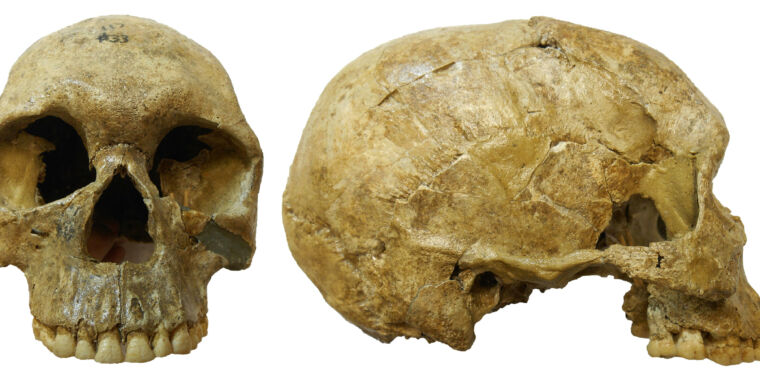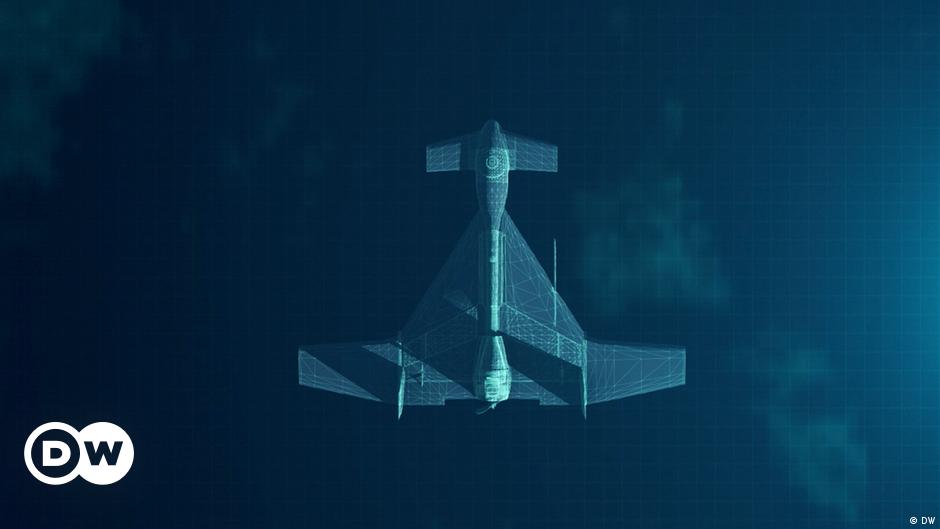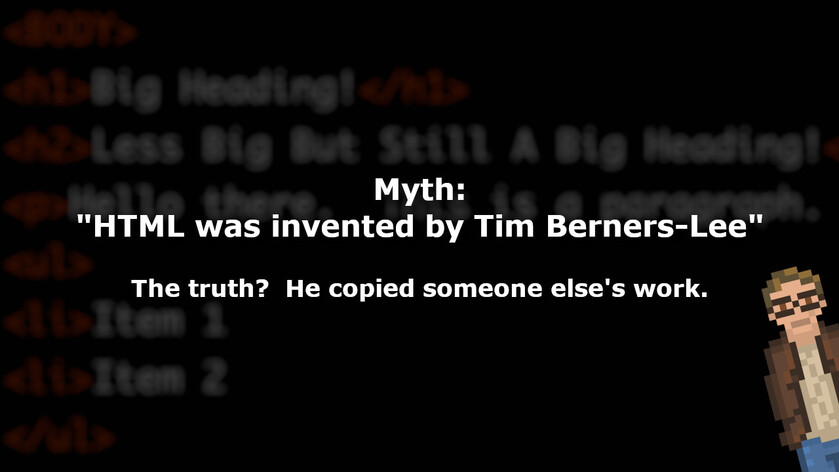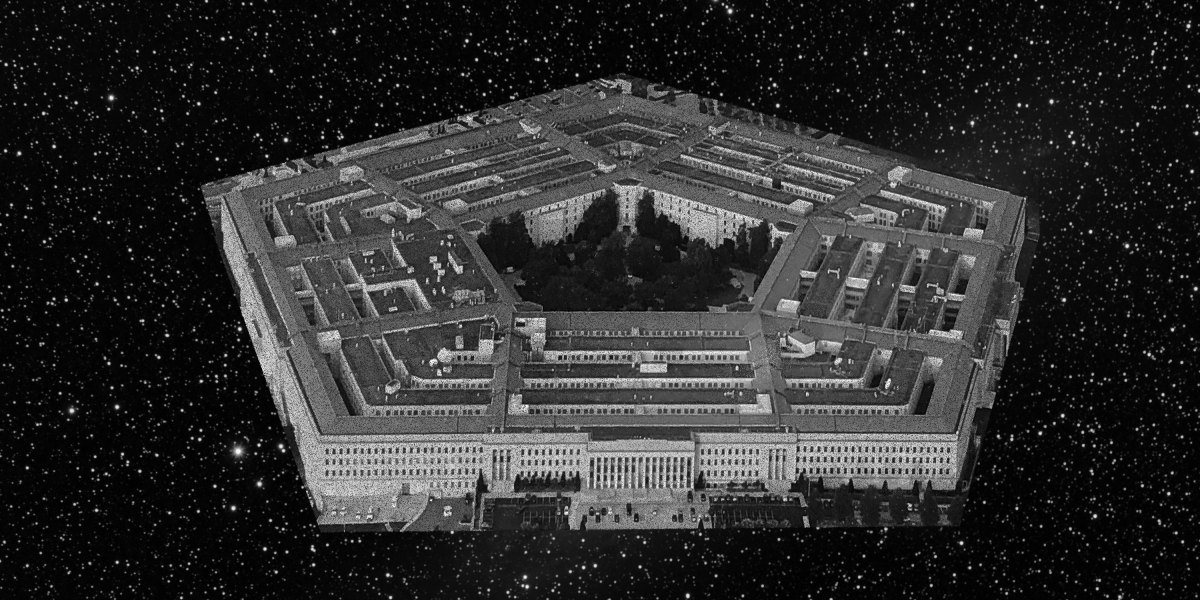
Ancient cemetery tells a tale of constant, low-level warfare
When archaeologists in the 1960s unearthed a 13,400-year-old cemetery at Jebel Sahaba in Sudan, it looked like they’d stumbled across the aftermath of a large-scale battle fought during the Pleistocene. At least half the people buried at the site, which straddles the banks of the Upper Nile, bore the marks of violence: broken skulls, arrow and spear tracks gouged in bones, and stone projectiles still embedded in their bodies.
The site now lies at the bottom of the human-made Lake Nasser, created by the construction of the Aswan High Dam in the 1960s. But the remains now reside in the British Museum’s collection (for better or worse), and anthropologists Isabelle Crevecoeur of the University of Bordeaux and Daniel Antoine of the British Museum recently re-examined the skeletons. With more modern microscope technology, the anthropologists noticed some skeletal trauma that the original archaeologists had missed. It turned out that about two thirds of the population of the ancient cemetery had bones damaged by either blunt-force trauma or—most often—by projectiles like spears and arrows. That included three out of four adults and roughly half the children.
Since the 1960s, archaeologists have thought of Jebel Sahaba as the earliest example of large-scale warfare between groups of people. But despite all the evidence of violence, the bones of the 13,000-year-old dead don’t actually seem to tell the story of a pitched battle with massive casualties. Instead, it looks like people along the Upper Nile Valley at the end of the Pleistocene lived with the constant threat of smaller-scale fighting, which affected men, women, and children alike. If you’re a gamer, think of it as living in a PvP zone in the midst of an environmental crisis.
/https://public-media.si-cdn.com/filer/9f/61/9f610676-9962-4627-ae89-bf59fc6cb735/lod_mosaic_lower_register_web.jpg)
/cloudfront-us-east-2.images.arcpublishing.com/reuters/MIWT5RZCONMALEDYXS5AHISPK4.jpg)





















